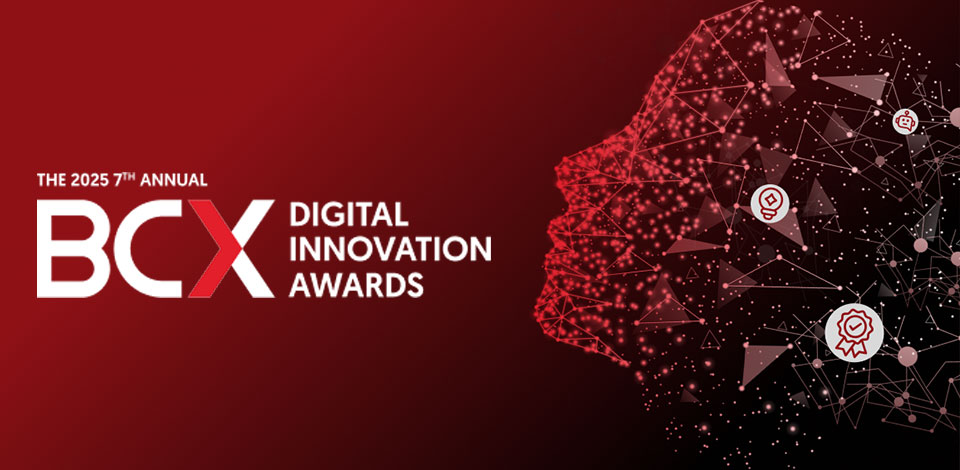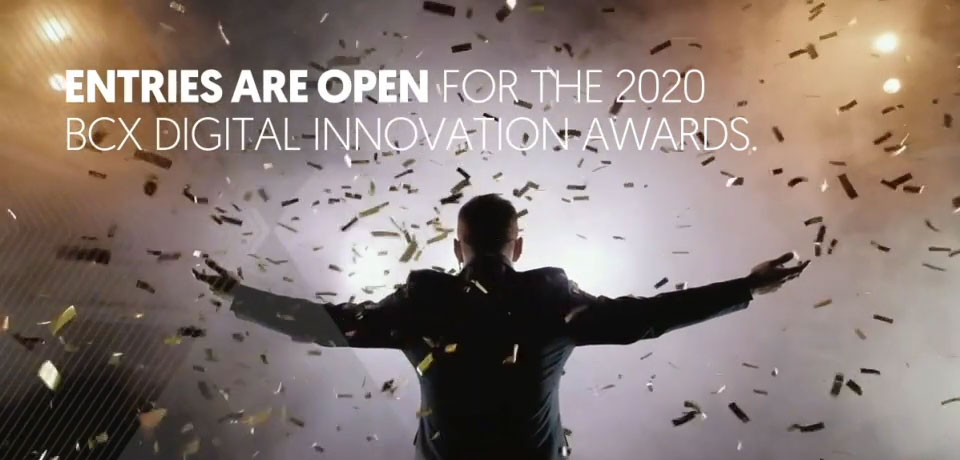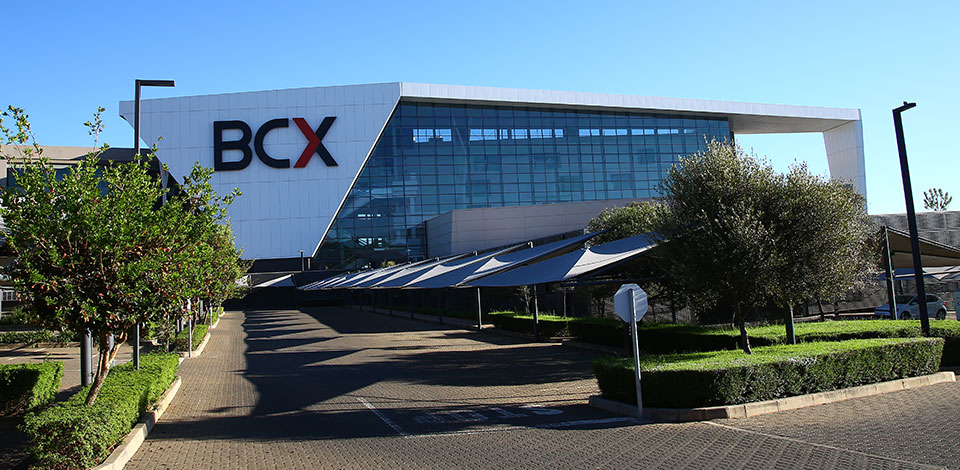
Future of collaboration
Stumbling blocks, tools, and technologies required to enhance and embed collaboration within the business.
With digital transformation initiatives at full throttle across many South African organisations, a vital cog that many leaders overlook is the role of soft skills in realising their strategies. Digital transformation is the process whereby companies embed technologies across their businesses to drive fundamental change. These transformations were accelerated by the COVID-19 pandemic which forced many companies to adopt remote and hybrid working models.
According to consultancy firm Accenture, the benefits of digital transformation include increased efficiency, greater business agility and, ultimately, unlocking new value for employees, customers and shareholders.
However, organisations risk missing out on the benefits of digital transformation if they neglect to harness soft skills.
Gartner notes that technology skills are no longer highly centred in IT; they need to be “marbled” across organisational functions and businesses and coupled with soft skills to achieve transformation success.
It adds that most companies are flying “data blind” with regard to the skills they need for transformation.
Soft skills are a set of interpersonal and character traits that enable individuals to effectively navigate social interactions, work collaboratively, communicate clearly, and adapt to various situations in both personal and professional settings.
Unlike hard skills, which are specific technical or job-related abilities, soft skills are more universal and often contribute to an individual’s overall success and effectiveness in various aspects of life, she comments.
In order to achieve a more well-rounded skill set, whether individually or within a team, it’s crucial to recognise the importance of incorporating soft skills alongside technical expertise. These soft skills play a pivotal role in supporting technical knowledge and propelling digital transformation efforts.
While hard skills, such as data analytics, software development, etc., are indispensable for ensuring the development of robust technology, it’s equally critical to combine these with the soft skills required to lead collaborative solutions and facilitate change as a cohesive team. Without this combination the outcomes are likely to fall short of their full potential.
One of the benefits provided by soft skills – as organisations forge ahead with their digital transformation journeys – is effective communication on why the company is implementing such a strategy, which is critical to drive successful change management.
Soft skills, like effective communication and active listening, enable employees to convey their ideas, needs and concerns clearly and understand the viewpoints of others. This fosters a culture of open dialogue, which is crucial for implementing digital changes seamlessly.
Soft skills such as adaptability, resilience, and the ability to manage as well as cope with change, help employees and teams navigate the often-disruptive nature of digital transformation initiatives. They can ease the transition and reduce resistance to change.
Digital transformation often involves cross-functional teams working together. Soft skills like collaboration, teamwork, and conflict resolution are essential for building productive working relationships and ensuring that diverse teams can function harmoniously.
Change often leads to conflicts and disagreements. Soft skills related to conflict resolution can help address these issues constructively, preventing them from derailing the digital transformation process.
Additionally, soft skills also spur problem-solving and innovation. Soft skills like critical thinking, creativity, and problem-solving are essential for identifying and addressing the challenges and roadblocks that arise during digital transformation. They can lead to innovative solutions and more efficient processes.
Leadership skills are crucial at all levels of an organisation during digital transformation. Effective leaders can inspire and motivate their teams, set a clear vision, and guide the organisation through the changes.
Soft skills, such as empathy and emotional intelligence, also help organisations understand and respond to the needs and preferences of their customers, which are often key drivers of digital transformation initiatives.
The other soft skills worth mentioning relate to time management and prioritisation, which help employees juggle multiple tasks and deadlines associated with digital transformation projects.
Embedding soft skills in your people
According to SPER Market Research, the global soft skills training market is estimated to reach USD 85.98 billion by 2032 with a CAGR of 12.49%.
Soft skills training helps people to nurture and apply these abilities effectively across diverse contexts.
Soft skills complement technical expertise in digital transformation by promoting effective communication, collaboration, problem-solving, and adaptability. They contribute to the overall success of digital initiatives by ensuring that people are equipped to work together, embrace change, and maximise the benefits of new technologies and processes.










